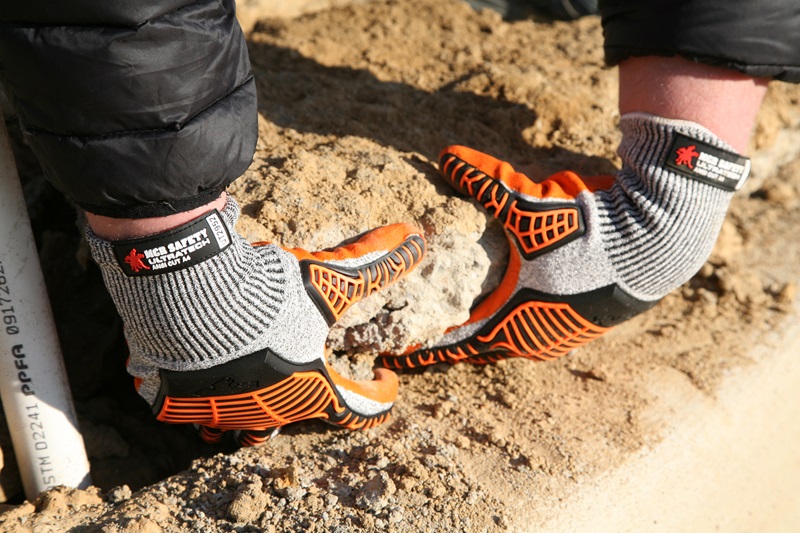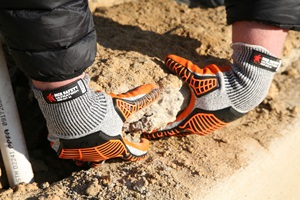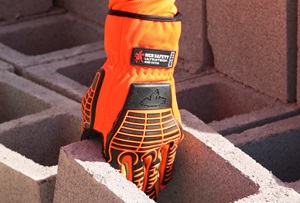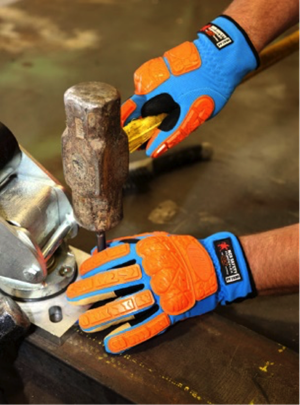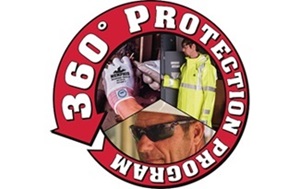A common mistake when purchasing PPE is relying strictly on individual unit cost at the time of purchase. Other factors must be included, like injury reduction, hazard analysis, and product life, in reaching the most prudent PPE selection. Aside from the obvious moral responsibility involved in protecting the safety of employees, the Occupational Safety & Health Administration (OSHA) reports that the annual costs of workplace injuries in the US totals about $200 billion, creating a serious financial liability for companies not taking the proper measures to equip workers with the right gear.
Additionally, the US Bureau of Labor Statistics reports that 76% of hand injuries are the result of cuts and crushes. An alarming stat like this is a big reason why we at MCR Safety spend extensive time in our ITC lab testing materials and designing gloves that provide maximum protection against crush and pin point hazards.
Industry Acceptance
Many industries across America are gradually realizing PPE decisions cannot be made entirely on price. For years, hand injuries in the Oil Industry made up 50% or more of all “Hurt” incidents. Most times injuries were the result of workers wearing standard issued cotton gloves when handling pipe, using hand tools, working around heavy chains and around rough surfaces. However, ever since 2010, the number of incidents have gradually been coming down. That year many Fortune 500 companies mandated all work-related activities required gloves made with back-of-hand protection. Ever since this pioneering PPE decision, other industries have been taking notice.
In the construction and concrete industry, companies have gradually started taking advantage of the latest back-of-hand technology. The reasons are endless as to why someone in construction would need this technology:
- Heavy material handling like concrete blocks
- Unsecure materials that fall, slide and collapse
- Working with heavy chains, heavy pipes and overall heavy equipment
- Using tools that are loose and cracked, that eventually break apart
- Working in close quarters, where pinch points are common
At WOC 2018, two of the most requested gloves were the UT2952 and MC503; gloves that address both cut and crush hazards.
Crush and Pin Point Hazards Defined
According to OSHA, crush and pin point hazards are defined as, “Injuries resulting from a person being squeezed, caught, crushed, pinched, or compressed between two or more objects, or between parts of an object. This includes individuals who get caught or crushed in operating equipment, between other mashing objects, between a moving and stationary object, or between two or more moving objects.”
We covered various reasons above why construction workers need back-of-hand protection. However, we thought it would be helpful highlighting more in-depth some of the most dangerous hazards:
Falling Materials or Equipment
This type of crush hazard is mainly prevalent in the presence of scaffolding or trenching. Materials or equipment falling from above have the capacity to crush others working below, resulting in injury or fatality. Because of the heavy nature of most construction material (steel, cement, etc...), these accidents can be extremely dangerous for laborers.
Heavy Duty Machinery with Moving Parts
The construction industry is driven by large, powerful machines that have the ability to manipulate dense materials, carry tons of weight and literally “crush” through things. These types of machinery, along with potentially unsecure material, create a huge risk for back-of-hand injuries.
Construction Vehicles
Power vehicles such as fork lifts, cranes and bull dozers all pose a great risk to employees working in their vicinity. With high noise levels present and the need for wearing headgear, many workers are often unaware that one of these vehicles is close, until it is too late. Taking the proper precautions to ensure everybody is alert and safe around these vehicles is vital to employee safety. An advantage too the most recent impact gloves developed, the UT2952 and MC503, are the Hi-Vis contrasting colors, which help workers stay alert to other nearby workers.
For additional reference and training material, OSHA has created an excellent resource and document called Construction Focus Four: Struck-By Hazards.
Equipping Workers With the Right Gloves and Personal Protective Equipment
At the backbone of MCR Safety’s core philosophy, “We protect People”, is our fundamental belief in product innovation. Back in 2010, when the Oil Industry was adopting new glove technologies, MCR Safety was one of a few companies asked to spearhead the necessary back-of-hand innovation needed to protect employees. The first glove designed was the HV100, which offered superior grip, reinforcements for high wear areas, hi-visibility and overall back-of-hand protection. We then followed up this innovative glove with our PD2901 predator gloves, offering greater TPR (Thermo Plastic Rubber) protection across the knuckles. We then improved this series even further with the PD2906, by creating more flexibility within the tire tread design itself.
Now, almost 8 years after our first designed back-of-hand glove, the next generation is here with the FF2930 Forceflex® Multi-task glove. MCR Safety is the first to offer D3O® technology found in both the palm and back–of-hand.
FF2930 Forceflex® Multi-task glove boasts:
- Back of hand impact dissipation up to 54% better than competitors
- Back of finger impact dissipation up to 46% better than competitors
- Orange grid pattern reinforced palm and finger tailored to provide grip in dry, wet or oily conditions
- Two-way spandex back, hybrid fourchettes and reinforced thumb crotch for greater durability
The MCR Safety Innovation Testing Center, Developing Products to Protect Your Employees
At MCR Safety, one major factor differentiating us from our competitors is access to our very own ISO 17025 accredited lab, the only one in North America testing for ANSI/ISEA 105-2016 cut resistance, abrasion resistance, puncture resistance, and conductive heat resistance.
As mentioned above, we utilize the lab to thoroughly test materials, such as materials found in our latest FF2930 innovative design. Our Innovations Testing Center (ITC) is dedicated to designing the best quality PPE with maximum comfort and safety in mind. Our ITC offers no cost testing for users interested in knowing the quality level of current PPE being worn or for potential new products being considered. Contact us today for lab testing.
In addition to lab testing, we highly recommend that any employer looking for concrete production safety gear should register for The MCR Safety 360° Protection Program and schedule a thorough assessment of their safety gear needs.
For more information, browse our website, request a catalog, find a distributor, or give us a call at 800-955-6887.
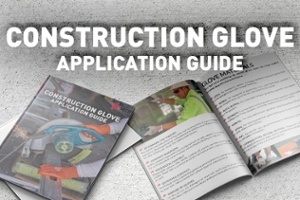
Construction Glove Application Guide
We offer many different glove options for construction, as the needs vary widely across the industry. Learn which glove materials offer the best protection for your specific application.
About the Author
Latest Articles





